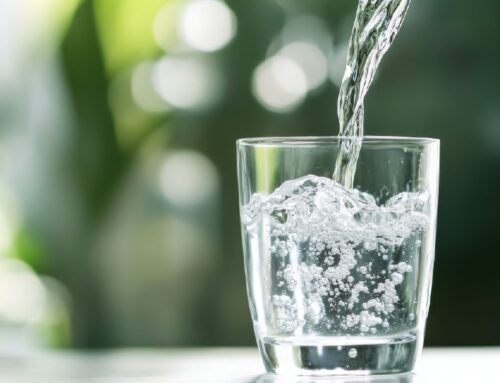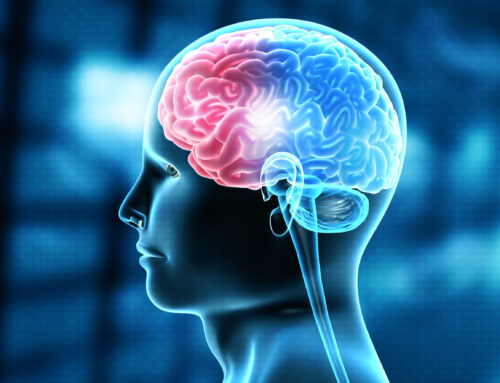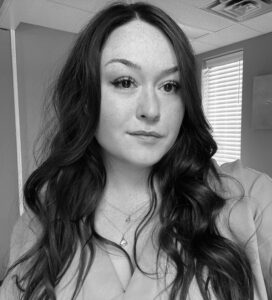Everything You Need To Know About Acupuncture
Acupuncture is a common treatment technique utilized by Chiropractors, Physiotherapists and other health care practitioners. It is most commonly used to treat muscle and joint pain, and might be used in combination with other treatment styles. This blog is designed to fill you in with what medical acupuncture is all about, so if you are thinking of having it, or your health care provider has recommended it, you’ll know what to expect.
What is Medical Acupuncture? Contemporary Medical Acupuncture (CMA) is a precise nerve stimulation technique, in which fine solid needles are inserted into specific sites on your body. Sometimes they can be stimulated with electricity for the therapeutic purpose of correcting abnormal activity of the nervous system. It is mechanism-based, not disease-based, where the therapeutic goals and treatment targets are selected based on the identified neurological dysfunctions contributing to the clinical presentation of the symptoms. It is used as a therapeutic intervention to help relieve trigger points in muscles, increase range of motion, decrease muscle tightness, reduce pain and aid with recovery.
Is it the Same as Traditional Chinese Acupuncture?
Contemporary Medical Acupuncture is similar to Traditional Chinese Medicine (TCM) in that it is designed to help with pain relief and promote healing. The approach is based on the concepts of anatomy, in addition to the known acupuncture points that have been studied and promoted within the Traditional Chinese Medicine practices. This approach means that the localized area of pain and the larger area of dysfunction can be addressed with this type of treatment. Meaning, not only can it help with pain, but also with the dysfunction that is causing the pain.
What Conditions can it Address? Acupuncture stimulates the body’s production of endorphins (body’s natural painkillers), as well as release or melatonin, which promotes relaxation and elevates positive mood responses. Conditions that it can address include:
-
Neck/back pain
-
Fibromyalgia
-
Arthritis
-
Migraines or headaches
-
Carpal tunnel syndrome
-
Frozen shoulder
-
Sports injuries
-
Post surgery recovery
-
Arthritis
-
Tennis Elbow
-
Golfer’s Elbow
-
Whiplash
-
Rotator cuff tears
-
Sciatica
-
Knee Pain
-
Hip bursitis
How Does it Work? The technique involves the insertion of fine stainless steel needles (can range from 30mm to 75mm depending on the target area) into muscles, tendons and or ligaments. The needles are placed in trigger points that cause a “twitch response” which essentially resets the nerve and muscle systems, resulting in pain and tension reduction while stimulating a healing response. During this process, fresh blood supply carrying oxygen, nutrients and hormones are released in the targeted area, further promoting the healing process and recovery.
Are There Any Side Effects? As with any other healthcare treatment interventions, acupuncture treatments come with benefits and risks as well. Although extremely rare events, it is important that everyone having acupuncture is aware of the risks, which may include:
-
Temporary pain and soreness
-
Nausea, Fainting
-
Burns
-
Infection, Shock, Convulsions
-
Pneumothorax
-
Perforation of internal organs
-
Stuck or bent needles
-
Minor bleeding or bruising where the needles are inserted
What if I Don’t Like Needles? The needles themselves are extremely thin that can range between 0.2 to 0.4 mm in diameter while the depth of the needles can range anywhere between 25 to 75 mm. This means that, most people who have acupuncture are very comfortable during the treatment. Sometimes the needles are not felt at all, and if the benefit of having acupuncture outweighs the fear of needles, then it is something you might want to consider. However, acupuncture may not always be the right fit for the patient. In case the patient is afraid of needles or not comfortable with the idea of needle insertions, there are other alternative methods that the practitioner can use to help their patients. Rest, exercises, and other modalities of care such as chiropractic and physiotherapy can be reasonable based upon the assessment by the practitioner.
Is There Anyone Who Shouldn’t Have Acupuncture? A health care practitioner should only recommend acupuncture once a thorough assessment has been completed. It is their job to determine whether or not it will help, and whether or not it is a safe treatment strategy for their patient’s condition. Those who should avoid acupuncture are those who:
-
Have or develop any major health issues
-
Are pregnant or actively trying to be
-
Have been fitted for a pacemaker or other electrical implants
-
Have a bleeding disorder or take anticoagulants
-
Have damaged heart valves or have a high risk of infection
-
Suffer from metal allergies
-
Are immune compromised
-
Have had prosthetic implants
Be sure to be honest with your health care practitioner and let them know if you have any conditions that could make acupuncture unsafe. However, at the end of the day, your practitioner is responsible for keeping you safe and offering alternatives should acupuncture be unsafe for you.
How do I Know if Need Acupuncture? Just like all other healthcare professionals, it all starts with an initial assessment to explore the cause of the problem. While discussing the findings, acupuncture may be offered as an option based on the practitioner’s training and exam findings. It can address both acute and chronic conditions – such that the practitioner can offer it if the patient is interested in trying acupuncture sessions. If the patient does not feel like trying it, the practitioner can offer his/her opinions of what other alternatives can be provided, such as chiropractic, physiotherapy, naturopathy and more.
For more information or to book a free consultation call us at 519.751.0728 or email pathwaystohopebrant@gmail.com













 Sharon Walker, MSW, RSW
Sharon Walker, MSW, RSW Jordon Iorio Hons. BA, RSW
Jordon Iorio Hons. BA, RSW Christine Bibby, B.S.W., M.S.W., R.S.W.
Christine Bibby, B.S.W., M.S.W., R.S.W. Brianna Kerr, RSW
Brianna Kerr, RSW Danielle Vanderpost, RSW
Danielle Vanderpost, RSW Daniela Switzer, MA, C.PSYCH
Daniela Switzer, MA, C.PSYCH Tammy Adams
Tammy Adams Jade Bates, RMT
Jade Bates, RMT Caitlin Schneider
Caitlin Schneider Dr. Crysana Copland
Dr. Crysana Copland
 Amy Dougley
Amy Dougley Emily Green
Emily Green Bill Dungey, RSW
Bill Dungey, RSW



 Jessica Moore, RSW
Jessica Moore, RSW Abigail Wragge, RSW
Abigail Wragge, RSW